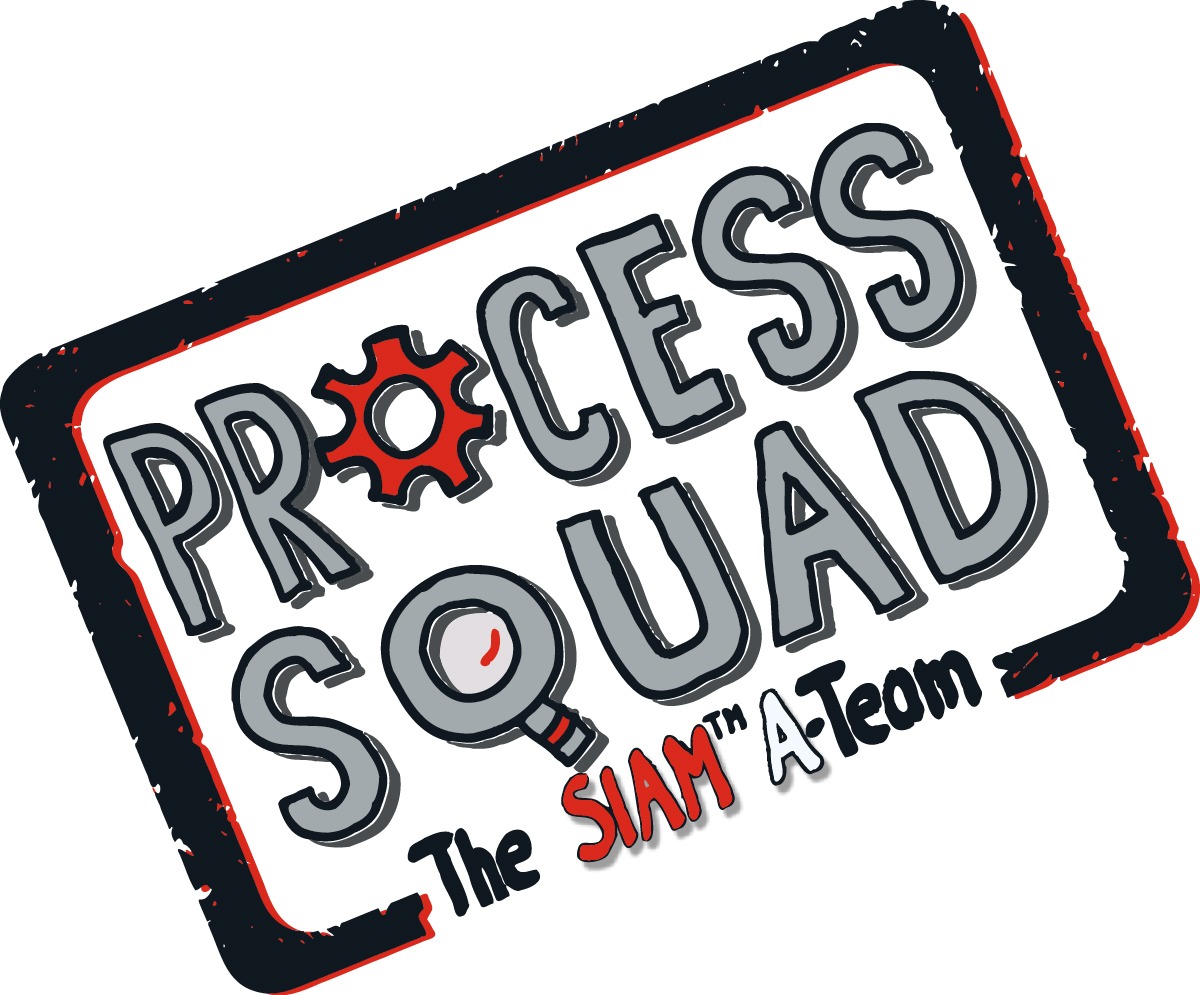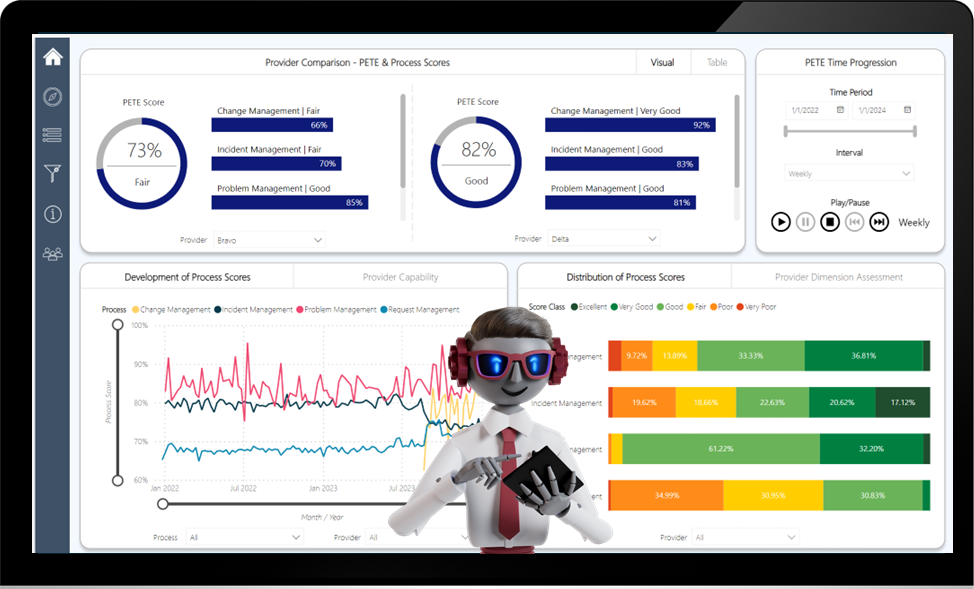
In our last post, we explained the power of breaking down documentation into three tiers: Process Descriptions, Operational Procedure Manuals, and Specific Work Instructions. This approach enhances clarity, accessibility, and overall effectiveness of documentation. Today, we’ll delve deeper into the first document type: Process Descriptions.
In every organization, irrespective of its size, operational frameworks are in place—some meticulously documented, while others remain shrouded in ambiguity. As organizational scale expands, deciphering process descriptions can feel akin to unraveling hieroglyphics for many navigating daily operations. The essence lies in transcending complexity. When crafting a process, the objective is universal: articulate it in a manner comprehensible to all, regardless of their role within the organizational tapestry.
Unveiling the key elements that compose a stellar process description, this article guides you to wield the skill of process documentation with finesse and professionalism.
When your process encompasses the following 7 key chapters, it achieves both depth and clarity, typically fitting within a concise 6-page limit for a comprehensive understanding.
1.🎯 Objectives: Clearly outlined objectives provide a north star for any process. They highlight the main goal(s) of the process and how to achieve the goal(s).
2.🌐 Scope and Boundaries: Understanding the extent of a process is vital. Clearly defined scope boundaries to other processes and out-of-scope activities prevent scope creep, maintain focus, and manage expectations, ensuring a streamlined workflow.
3.👥 Roles and Responsibilities: A successful process hinges on the collaboration of various stakeholders. Clearly specified roles and responsibilities enhance accountability, reduce confusion, and promote a harmonious team dynamic.
4.🔄 Inputs and Outputs / Interfaces: Identifying what goes into a process and what comes out is foundational. It is also important to document which other processes are the suppliers of the inputs and the recipients of the outputs of the described process. This clarity enhances transparency, aids in resource management, and ensures a well-defined flow of work from initiation to completion.
5.📊 Process Diagram: “A picture is worth a thousand words.” Utilizing a graphical representation of the process with actors and the key steps in a swimlane format proves to be a great aid, allowing for a quick and comprehensive understanding of the process flow at a glance.
6.📌 Key Activities and Steps: Breaking down a process into manageable steps and their executors simplifies execution. This step-by-step guide minimizes errors and delays, providing a roadmap for successful process completion.
7.📋 RACI-Matrix: A RACI matrix is a tool that helps define and communicate the roles and responsibilities of all roles for specific tasks or activities within a process. It’s presented in a table format and is a good summary of the roles, their tasks, and communication flows.
The acronym RACI stands for Responsible, Accountable, Consulted, and Informed, and describes the activities a role must perform in the context of a specific task or project, providing a structured framework for clarifying responsibilities, ensuring accountability, seeking input, and keeping relevant parties informed throughout the entire process.
🌟 In Conclusion: A comprehensive process description serves as the cornerstone for success. By integrating these key elements, teams can navigate complex initiatives with confidence, fostering a culture of excellence and adaptability.
Don’t hesitate to contact us by e-mail (info@process-squad.com), if you would like to receive a ready-to-use template for free. Documentation is the backbone of efficient operations, and with the right tools, you can empower your organization for success.
Photo by Kelly Sikkema on Unsplash




